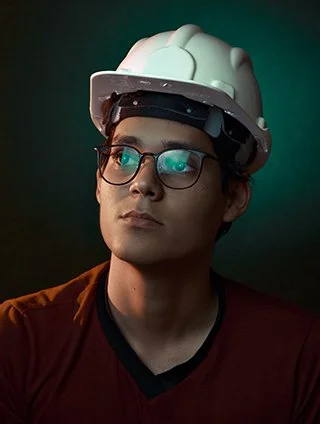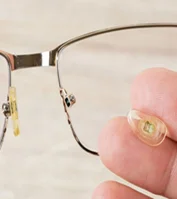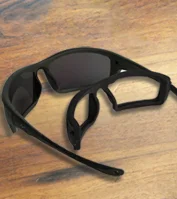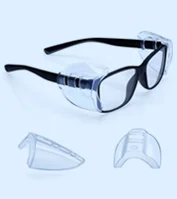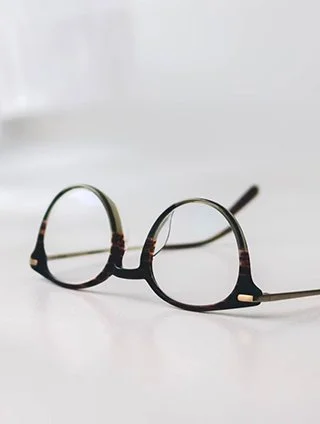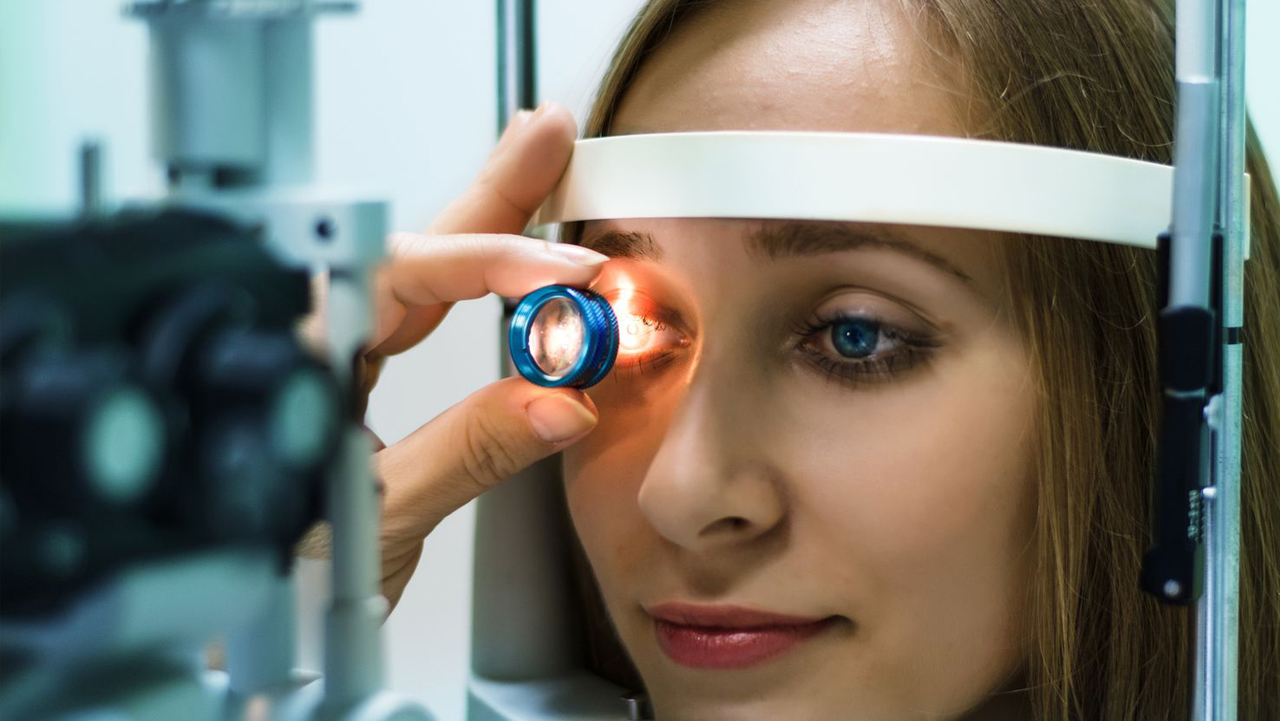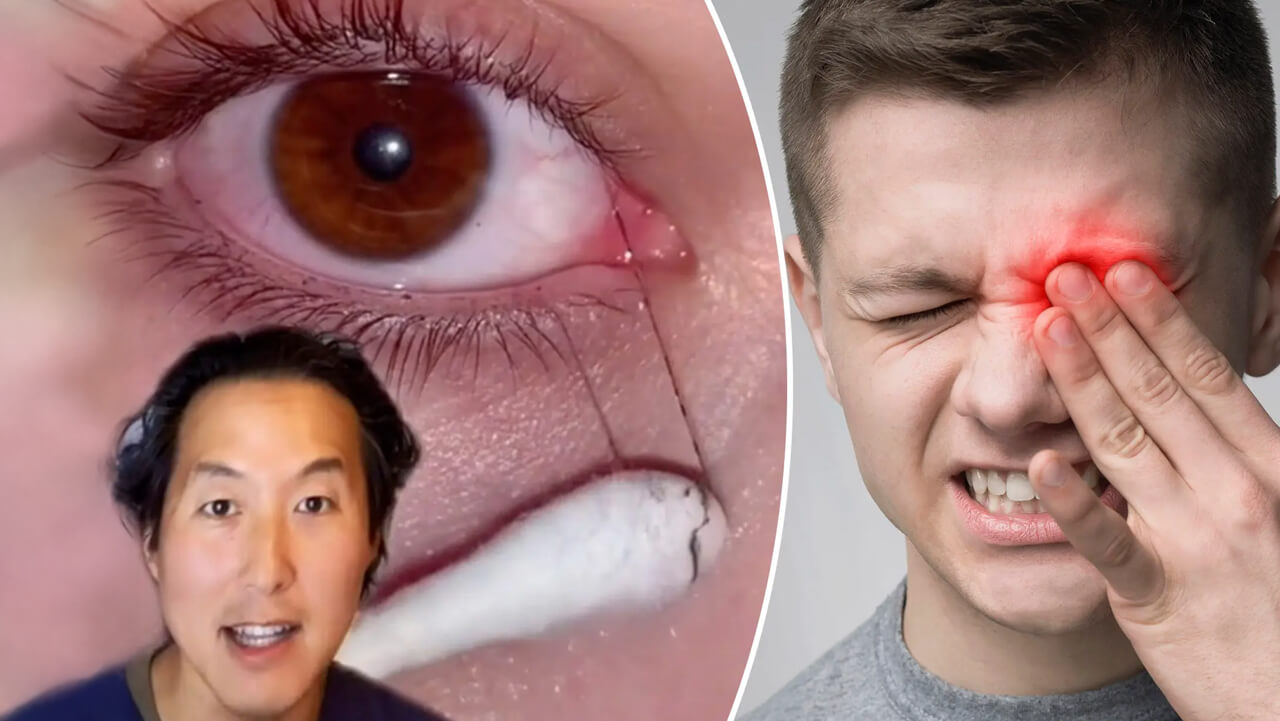Last updated: Wednesday, April 16, 2025
Doctors can learn a lot about health from the eyes. Doctors examine patients for signs of problems during these exams. One of the key elements is the PERRLA eye exam. This checks your pupils. We see their response to light and focus.
PERRLA is a shortened version of a lengthy phrase. It enables eye doctors and neurologists to do a brain-eye connection test. They monitor pupil size, shape, and response. A simple test. But it gives useful clues.
PERRLA eyes that function properly generally denote good health. But these problems may signal deeper problems. It is a quick, non-invasive test. Many of them hear the word but don’t understand what it means. As such, learning it can assist you in tracking your eye health.
This article describes eyes PERRLA eye meaning, how it’s tested, and why it’s important. We’ll also explain what to look out for and when to go to a doctor.
What Does PERRLA Stand For?
PERRLA is an acronym. It stands for:
- Pupils
- Equal
- Round
- Reactive to Light
- Accommodation
Let’s break that down.
- Pupils are the black dots in your eyes. They let in light.
- Equal means that both pupils are of the same size.
- Round refers to, they are not oval or weirdly shaped.
- Reactive to Light also means they shrink when in bright light.
- The accommodation is what allows them to change when they look at things.
- The pupils are normal. Both eyes respond the same. They do what they should.
If the pupils do not respond, the doctors may become anxious. It could signal eye problems. Or brain issues. Or even drug effects. So checking eyes PERRLA is beneficial.
PERRLA, All the parts have a purpose. A complete check shows the doctors if everything’s working as it should be. If even one of those fails, they may dive deeper.” That’s why both eye and brain checks include the perrla eye exam.
How Is PERRLA Tested? The Pupil Exam
The test is simple. This is done at every routine eye examination.
- Step one: The physician examines your pupils. Are they equal and round? That’s the first sign.
- Step two: The physician wields a penlight. They shine it in one eye. That eye should shrink. The other eye should too. That’s the light reaction.
- Step three: The doctor evaluates accommodation. You look at a far object. Then a near one. The pupils should narrow when looking at something nearby.
This makes the test adaptable. It is how doctors check the reflexes of the eyes. They are looking at direct responses as well as indirect responses. The eye responds directly to light. The other eye reacts indirectly.
This test uses no pain. No needles. Just light. Fast, safe, and revealing. They offer immediate feedback with the perrla eye exam. The doctor can immediately get to know whether things are normal or not. If not, there could be more tests to come.
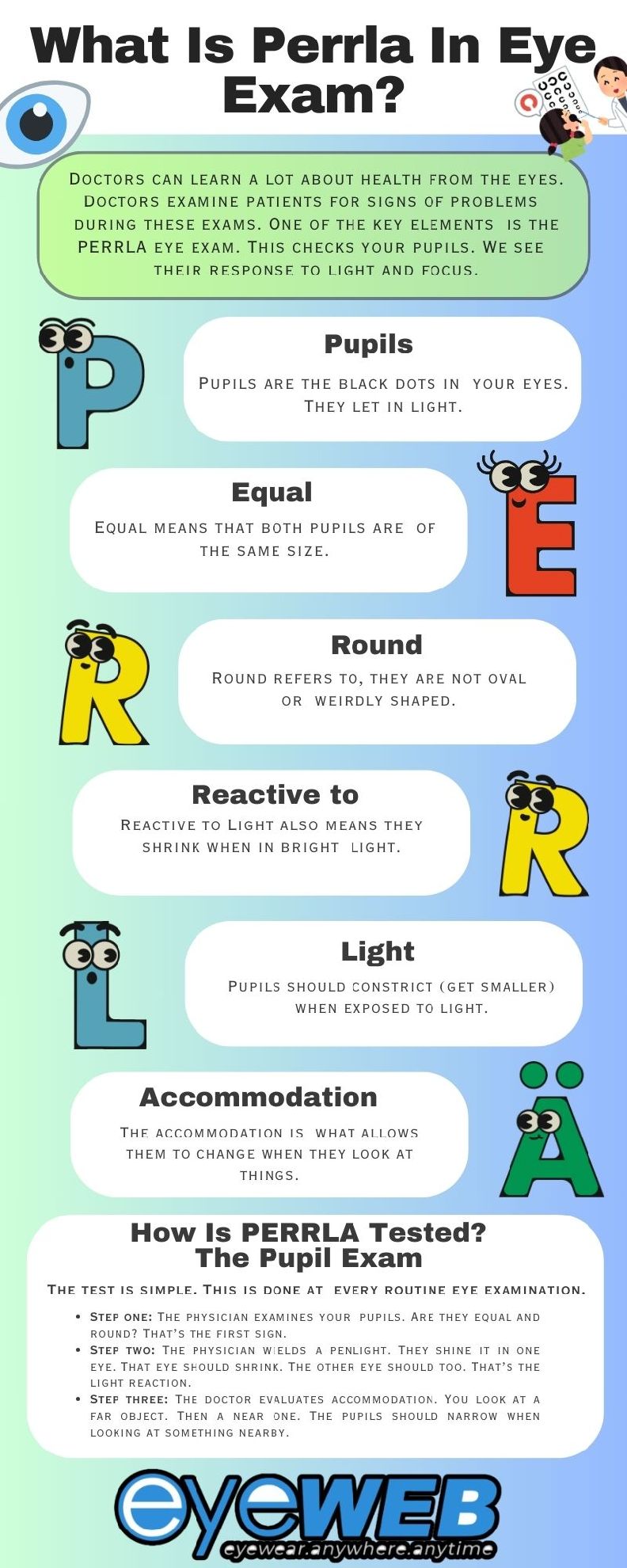
Importance of Every Section of PERRLA
What does PERRLA mean?
- How do the pupils look? Pupils that remain small in the dark may indicate an issue.
- Equal size means balance. One big, one small? That’s not normal. Called anisocoria.
- The round shape indicates the structure is intact. Strange shapes could be trauma or disease.
- Reactive to Light is key. Lack of reaction could indicate nerve damage. Or a brain issue? Or drug use. For example, Opioid use can lead to small (pinpoint) pupils.
- Accommodation means focusing ability. You require this to read or observe. If it fails, there may be a mental-brain problem.
If all components are normal, the eyes are considered PERRLA. That’s a good sign. It indicates healthy vision and brain function.
Eyes PERRLA definition: Your eyes are doing their job in conjunction with your brain. Pupils do what they should.
But when they don’t? That’s a signal. The body could indicate underlying issues.
That’s why doctors always examine all five components. The 'Perrla' eye test is more than just a quick visual examination. It can help catch signs of illness early.
Clinical Significance of PERRLA in Diagnosing Conditions
The clinical significance of PERRLA roughly helps diagnose conditions, such as anisocoria, brain death, and more neurological complications through pupil reactions.
- PERRLA Testing, not just Exam your pupils. It’s used in neurology too.
- Pupil responses can be altered with brain injuries. Lack of a reaction might indicate swelling or bleeding in the brain. That’s an emergency.
- Strokes can influence the size of the pupils and how they react. So can brain tumours.
- Drug use also manifests in pupil examinations. Some drugs make pupils big. Others make them tiny.
Doctors also check for conditions such as:
- Horner’s syndrome
- Third nerve palsy
- Argyll Robertson pupil
- Optic nerve damage
All these can give rise to abnormal pupil reactions.
Signs of glaucoma, eye trauma, and infections can also show up here.
That is the importance of the perrla eye exam. It helps spot signs early sometimes, even before the patient has symptoms.
If no reaction occurs with the Perrla eyes, additional tests may be performed. The next steps could include an MRI, CT scan, or blood testing.
So in this simple test, you could get lifesaving treatment.
That’s all because of checking eyes perrla to each exam.
Limitations and Considerations
The test isn’t perfect. Some people have naturally larger differences in their pupil size.
- Lighting can affect results. So can stress or fatigue.
- Medications can also alter pupil size. Especially painkillers, stimulants, or drops.
- You can’t perform accommodation tests on unconscious or unresponsive patients. This limits the test.
- Also, some eye disorders may not affect pupils at all.
- So, as helpful as it is, perrla eyes do not tell the whole story. Doctors use other tools too.
Still, it’s a quick, handy check. It may not be final, but it’s as strong a first clue as we have.
When to See a Doctor
- If one pupil appears larger, see a doctor. Or if one doesn’t shrink in the light.
- Are you having blurred vision or difficulty focusing? Also, a red flag.
- Don’t hesitate if your pupils behave strangely. It might be an early indication of a larger problem.
- Do regular eye exams. Even if you feel fine.
- Change in Eyes PERRLA can be quiet and severe.
- Trust what your eyes present to you. When in doubt, check it out.
What Does PERRLA Mean in an Eye Exam?
This test is an essential part of the eye exam. If it finds a problem, it's usually due to physiology or an unintentional chemical or medicine in the eye. But at times it indicates a far more serious health issue. Schedule your PERRLA exam and avoid any unexpected challenges.








